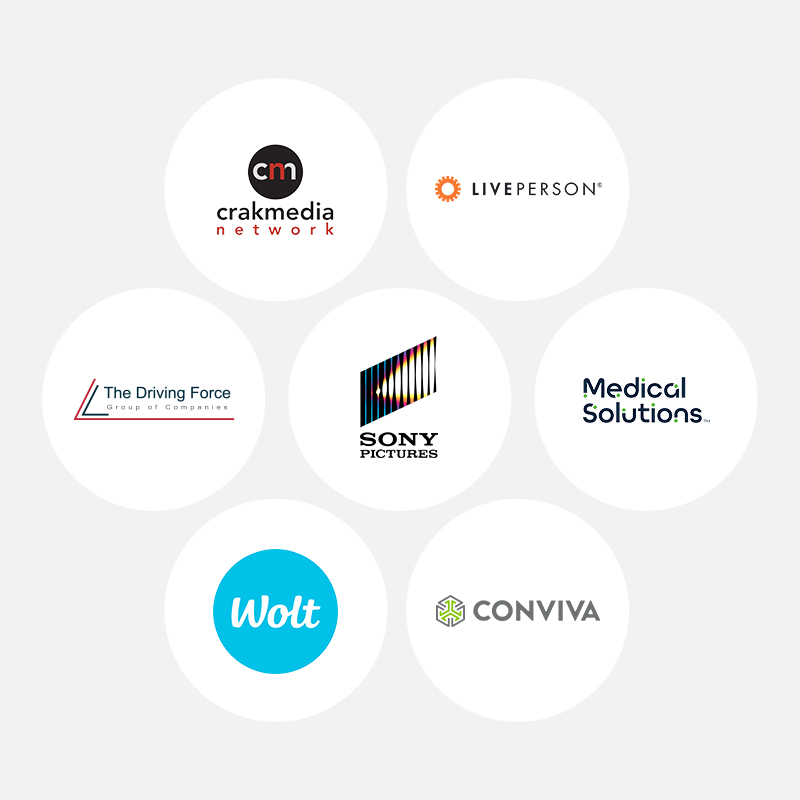Remember the golden rule? Do unto others as you would want to have done to you. We all learned this principle as toddlers, but it’s still just as useful today because Fairness is a cornerstone of good performance management, as McKinsey’s Global Survey shows.
When employees perceived their company’s performance management program as fair, it works better, and the company benefits. Sixty percent of respondents at companies with effective performance management programs reported outperforming their competitors over the past three years – that’s 3x the rate of companies with ineffective programs.
McKinsey’s research quantifies what forward-thinking HR leaders have long known: The most effective programs aren’t once a year reviews but are linked to corporate priorities, supported by ongoing coaching, feedback and development, and ensure top performers are identified and rewarded.
Here are McKinsey’s three silver bullets for effective performance management:
1. Link individual goals to company priorities
It almost seems too obvious to state, but companies work best when everyone works toward the same goals. Yet in practice, achieving alignment can be elusive.
A 2015 survey by Harris Interactive and Franklin Covey reported that only 2 in 10 employees had a clear idea of how their tasks and goals align with the business’ top priorities. And a 2017 survey by Deloitte and Facebook found that only 23 percent of businesses believe their employees are fully aligned with their corporate purpose.
Given those stats, your organization probably suffers from at least some alignment disconnect as well. To correct this, corporate priorities need to be visible and transparent to every leader, manager, and employee. And, given the pace at which things change today, goals need to be revisited more than once per year. The McKinsey study found that 62 percent of companies with effective programs revisit their goals more than twice per year – sometimes even on an ad-hoc basis.
Many of the best programs use technology to ensure goal visibility and alignment. BetterWorks gives visibility – company-wide – to everyone’s goals where everyone can see how top corporate priorities cascade down into team and personal goals. Individual contributors can see how their efforts contribute to the greater good and can connect with others across functions who are working toward the common objective.
2. Effective coaching from managers
Managers are tremendously important to employee performance and engagement. Data from Gallup’s State of the American Manager confirms this: Managers account for up to 70 percent of the variance in their employees’ engagement.
And while many managers think they are effective coaches, the data shows that most are not. This is especially true of managers in their first managerial roles where the majority did not receive training or ongoing mentoring on how to be a good manager themselves.
The way HR and leadership can improve the quality of your managers’ coaching is to a) ensure that conversations between managers and employees are actually happening, and b) provide them with prompts for good questions to ask and feedback to give. Here are two ways companies can do this at scale:
- Use an HR software to systematize communication. People are busy, and it’s hard to stay on top of every manager to ensure they’re coaching every employee. Purpose-built technology solutions like BetterWorks help HR teams ensure the right conversations are happening. Plus, when they include a mobile app, two-way engagement becomes lightweight and easy.
- Coach the coaches. Managers need formal training on how to be better coaches. And like all good coaching, it can’t be a one-off seminar – it must be continuous. Managers need ongoing, 360 feedback on how they’re communicating and whether that communication improves employee performance. They can also be reminded, via notifications, to shift their feedback away from focusing on what went wrong toward what can be better. DDI’s Global Leadership Forecast 2018 research found that if managers simply talk more about the future in any development conversations, they can improve employee performance up to 25 percent.
The McKinsey report supports the idea that the best coaching is continuous, saying “ongoing development conversations between managers and employees support better outcomes” and sixty-eight percent of study participants felt that ongoing coaching and feedback had a positive impact on their performance.
“If organizations do nothing else to improve performance management,” the report concluded, “they should invest in managers’ capabilities to communicate.”
3. Differentiated compensation and rewards
A key to the perception of fairness is how “fairly” rewards are distributed. If you don’t have a way to recognize, reward, and compensate top talent differently, those individuals will perceive the system as unfair. That can lead to lower engagement and higher turnover.
McKinsey suggests that for monetary rewards, organizations adopt a “power 20” approach – giving outsized rewards to the top 20 percent of performers and uniform compensation for the larger set of middle performers.
And recognition doesn’t always have to be monetary. Top talent may also be looking for opportunities to build new skills or tackle new challenges – this can be especially true as they reach mid-career and see fewer opportunities left at their existing company. Professional development plans for each and every person – leaders, managers, and employees – can boost their engagement by giving them lateral moves and special assignments that satiate this desire.
HR teams and senior leaders also need visibility across the organization to see who is ready for a new challenge, whether it’s a promotion or a skill-building assignment. This is where utilizing technology – especially mobile – that supports goal alignment, coaching and feedback can offer great value in identifying top talent and increasing their visibility across the organization. In fact, McKinsey found that at companies that launched mobile technologies to support performance management and collect more data, 65 percent of respondents say it had a positive effect on both employee and company performance
“At companies that launched mobile technologies to support performance management and collect more data, 65 percent of respondents say it had a positive effect.” – McKinsey
Putting it all together
When employees report that their organization performs well in all three areas – priorities, coaching, and differentiated compensation – 84 percent report a positive impact on performance management. But here’s the good news: A focus on improving in one area offers benefits in others because these three silver bullets are mutually reinforcing.
Want to increase the fairness perception of your performance management program? You could do a lot worse than to mirror the golden rule. But you can accelerate things by trying out BetterWorks with your team.







